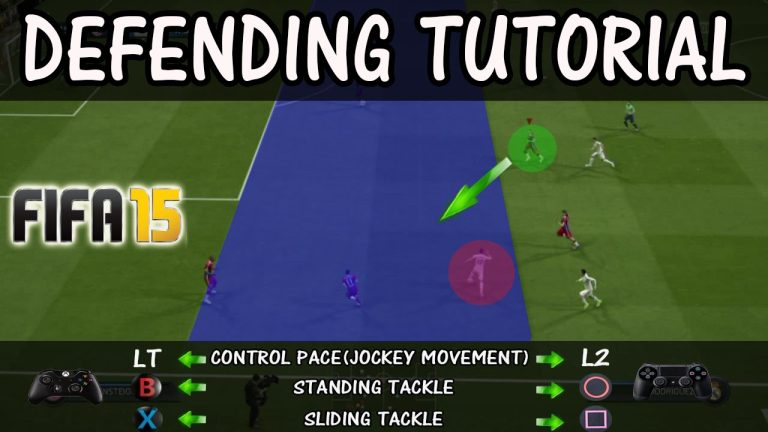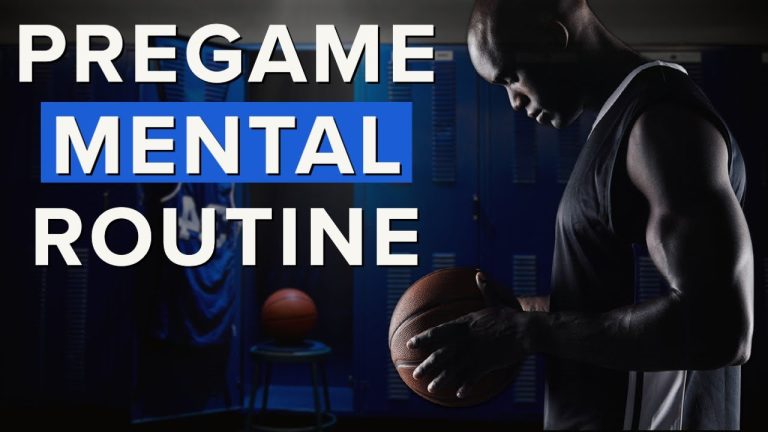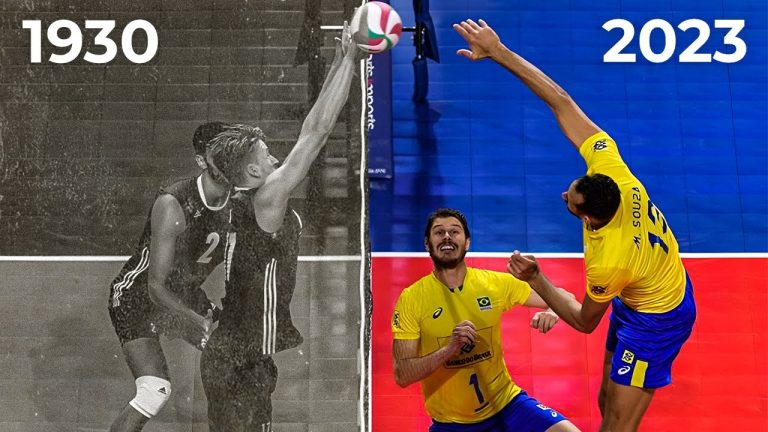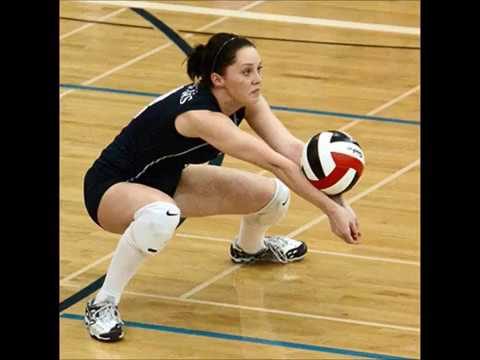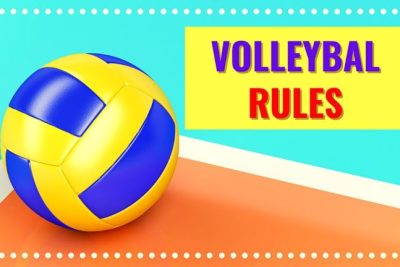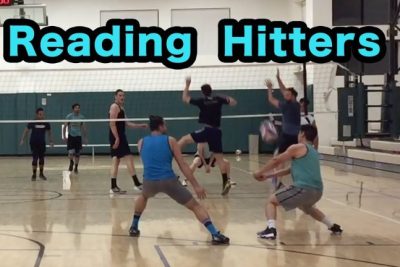
Are you ready to take your volleyball game to the next level? One crucial skill every player must master is anticipating the block in spiking. As an attacker, being able to read the opposing team’s defensive strategy and adjust your approach accordingly can make all the difference on the court. In this article, we will explore some key tips and techniques to help you improve your ability to anticipate the block, giving you the edge you need to outsmart your opponents and score those game-winning spikes.
What is the term for blocking a spike?
When it comes to blocking a spike in volleyball, there are a few terms that you need to know. The first one is “roof.” This refers to when a player blocks a spike straight down, aiming for a point. It is a powerful move that can quickly turn the game in your team’s favor. Another term used for blocking a spike is “putting the clamps on.” This phrase signifies the act of shutting down the opponent’s spike attempt, preventing them from scoring.
While blocking is a key defensive move, there is a term called “screening” that is not allowed in the game. Screening occurs when a player tries to obstruct an opponent’s line of sight, specifically during a teammate’s serve. This deceptive tactic is considered illegal and can result in penalties. It is important to remember that fair play and sportsmanship should always be prioritized in volleyball.
Lastly, we have “seams.” In volleyball, seams refer to the spaces between the blockers and the backcourt defenders. These gaps can be exploited by skilled attackers to find openings in the opposing team’s defense. It is crucial for the blockers and defenders to communicate effectively and close these seams to prevent the opponent from scoring easily. By understanding these terms, you can enhance your knowledge of volleyball strategy and improve your defensive skills.
What does the blocking strategy in volleyball entail?
In volleyball, a successful blocking strategy entails the crucial task of identifying the front row attackers prior to the ball being served. By being aware of the individuals positioned to attack and their respective locations, players can effectively anticipate where the ball is likely to be set. Furthermore, understanding the tendencies of these attackers becomes paramount, as it allows for a proactive approach in countering their offensive moves. Thus, it becomes evident that a considerable amount of information must be gathered even before the ball is put into play.
What is the maximum number of hits allowed after blocking a spike?
Yes, you are allowed 3 more hits after blocking a spike in volleyball. After a successful block, the ball is still in play and your team has the opportunity to continue the rally. The three hits can be used to set up an attack or to strategically position the ball for a more favorable offensive play. This rule allows for a fair and competitive game, ensuring that both teams have equal opportunities to score points.
Blocking a spike in volleyball not only denies the opposing team a potential point, but it also gives your team a chance to regain control of the rally. The three additional hits after a block allow for a strategic and coordinated effort to keep the ball in play. It provides an opportunity for players to showcase their skills in setting, passing, and attacking, ultimately leading to exciting and dynamic gameplay.
The ability to have three more hits after blocking a spike adds an element of strategy and teamwork to the game of volleyball. It encourages players to work together to maintain possession of the ball and create scoring opportunities. This rule enhances the overall flow of the game and keeps the excitement level high as teams strive to outmaneuver and outscore their opponents.
Unlocking the Secrets: Become a Pro at Anticipating Spiking Blocks
Unlocking the Secrets: Become a Pro at Anticipating Spiking Blocks
Mastering the art of anticipating spiking blocks is a game-changer in any competitive sport. By honing this skill, athletes gain a crucial advantage over their opponents, enabling them to react swiftly and strategically. Through rigorous training and analysis, athletes can develop a sixth sense for predicting when a spiking block is imminent. They learn to read subtle cues from their opponents, such as body positioning and arm movements, allowing them to position themselves strategically and execute flawless defensive maneuvers. With this heightened anticipation, athletes can confidently thwart their opponents’ attacks, turning defense into offense and leading their team to victory.
Anticipating spiking blocks is not just about physical agility; it also requires mental sharpness and quick decision-making. Athletes must possess a deep understanding of the game, recognizing patterns and tendencies in their opponents’ playstyle. By immersing themselves in hours of footage and studying the techniques of top players, they gain invaluable insights that inform their anticipation. This level of preparation allows athletes to make split-second decisions, diving or jumping at precisely the right moment to intercept an incoming spike. As they unlock the secrets of anticipating spiking blocks, athletes become an unstoppable force on the court, leaving spectators in awe and inspiring future generations of players to strive for greatness.
Anticipating Spiking Blocks Like a Master: A Step-by-Step Guide
Anticipating Spiking Blocks Like a Master: A Step-by-Step Guide
Paragraph 1:
Mastering the art of anticipating spiking blocks is crucial for any volleyball player looking to dominate the game. By developing this skill, players can consistently shut down their opponents’ attacks and gain a significant advantage. Through a step-by-step guide, this article will break down the process of anticipating spiking blocks, providing players with the tools they need to become masters of this essential technique.
Paragraph 2:
The first step in anticipating spiking blocks is to study your opponents’ tendencies. Pay close attention to their body language, positioning, and the angles they prefer to hit from. By observing these patterns, you can start predicting their moves and adjust your positioning accordingly. Additionally, analyzing game footage of your opponents can provide valuable insights into their preferred spiking techniques, giving you an edge on the court.
Paragraph 3:
Once you have familiarized yourself with your opponents’ tendencies, the next step is to focus on your own positioning. Positioning is key when it comes to blocking spikes effectively. By staying on your toes, maintaining a low center of gravity, and constantly adjusting your positioning based on the movements of your opponents, you can maximize your chances of successfully blocking their spikes. Remember, practice makes perfect, so dedicate time to refining your footwork and honing your ability to anticipate spiking blocks.
Innovative techniques and strategic training have revolutionized the world of volleyball, particularly in the realm of spiking. With an increased focus on anticipating the block, players have been able to elevate their game to new heights. By honing their reflexes, studying opponents’ tendencies, and mastering the art of deception, athletes can now outsmart and outmaneuver even the most formidable blockers. As the sport continues to evolve, it is clear that this emphasis on anticipating the block has become an essential component of a successful spiking strategy.
